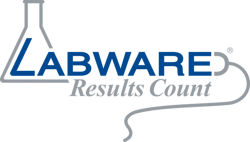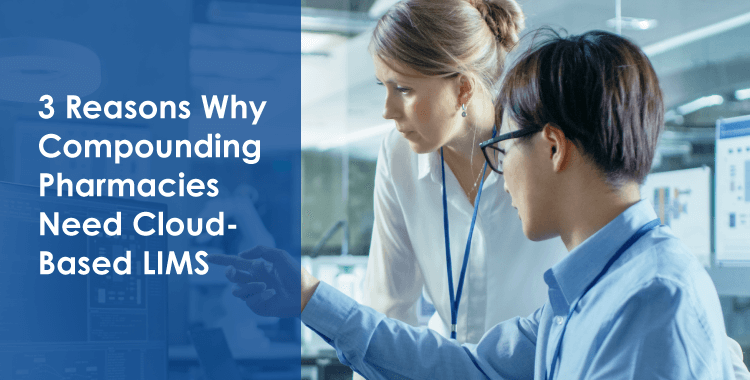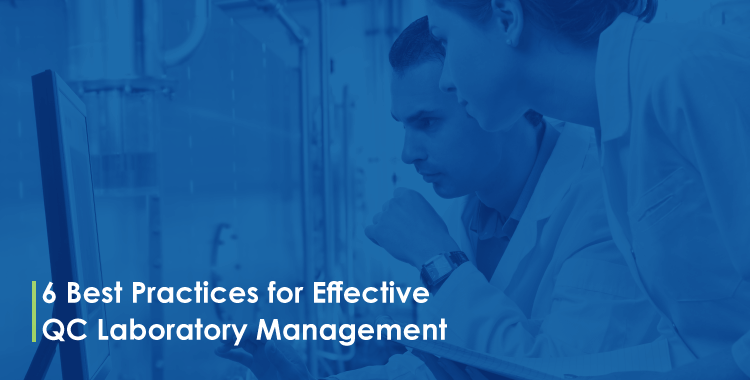
We spend a lot of time focusing on SOPs and setting up laboratory equipment and software in order to facilitate maximum compliance. Given the levels of technical details and specific procedures that are essential to proper lab functioning, it makes sense to build systems to effectively share this information and reinforce best practices.
But the culture in which a laboratory operates is critical as well, because it can drive how receptive the team is to adherence. Effective laboratory management relies on a few simple principles and tools that work to tip the scales into optimal lab function.
Trust the Team to Carry Out Responsibilities
A laboratory team must be trusted to adhere to protocols and fulfill their responsibilities. Team members should be trained so that they are fully confident in what they do and in their ability to uphold best practices and industry standards.
Important elements of effective laboratory management include building team morale and giving staff autonomy. Putting this into practice can get messy without process, structure, and an understanding of how these impact the performance of individuals and teams.
Measure Data for Healthy Team Growth
A LIMS implementation can help provide feedback and data to support such efforts, because not only does it allow you to quantify the work being done, but it also displays the distribution of workload both on an individual and team level. The capability to share only team data while leaving individual data private helps foster healthy internal competition and protects individual privacy.
Of course, the appropriate KPIs must be selected to elevate team morale and protect against a toxic, negative competitive work environment. For instance, focusing on individual throughput metrics are not ideal; instead, team-driven metrics united under a common goal are more effective and they encourage working together to achieve the goal as a team.
Awareness about the effects of metrics should be maintained to ensure they do not drive poor behaviors adopted to artificially inflate a given metric. This can get very difficult and requires a lot of care.
For example, measuring occurrences of investigations may look at driving fewer instances of error, which could shine a spotlight on individuals even if the issues could be explained by factors, such as faulty equipment. Focusing on individuals rather than root causes can lead to stresses to avoid issues and if it leads to an individual's failure to accurately document issues due to fear, a lab can find itself under extreme scrutiny during audits resulting in corrective actions or even lab closure. Ensuring metics are focused on improving processes and performance rather than blame and punishment is key to promote positive acceptance and behaviors.
Instead of pitting individual lab members against each other, metrics and KPIs should be used to optimize the strengths of the lab and improve any bottlenecks present. Effective lab management can ensure that the closest scrutiny occurs in ways that pull lab members in the same direction and encourages transparency, so that they can help each other grow, rather than work against each other.
Give Staff Autonomy To Perform
It is vital for the lab to work together as a team in order to maintain quality and performance. Even though individuals are performing the work, other team members will need to review it or build on outcomes.
To achieve this, a LIMS can hold the information on sample storage and quality assurance results in an organized manner so that everyone who is authorized can access from their machine, even remotely. This allows the work to get done with maximum flexibility for individuals, improving quality and efficiency.
Effective laboratory management will handle any associated incentives carefully, and will focus on the greater good of the laboratory team. Ideally, improvements will enhance processes that help empower everyone on the team to provide a higher impact as opposed to simply increasing individual throughput.
Understand the Role as a QA/QC Lab Manager
Quality always comes first in the laboratory setting—then efficiency. Effective laboratory management ensures that proper quality control and quality assurance practices are in place. Quality cannot be sacrificed in the interest of speed or production volume.
Particularly because quality is often synonymous with patient safety, quality is both paramount and uncompromising. The consistent review of data and reporting to the team on trends and changes can help guide further lab decisions to ensure the maintenance of top quality standards.
A LIMS provides this essential data in a central dashboard with options for sharing, downloading, and printing. Team members can also have access to the quality data they need in real-time, which helps them not only adhere to quality standards but also to be proactive in helping others similarly adhere.
Again, managing your lab effectively requires finesse around selecting the appropriate quality benchmarks. Otherwise the lab may get to be too competitive, and quality might start to slip as staff focus primarily—if not solely—on maintaining high throughput.
Track Key Performance Indicators (KPIs)
Because a LIMS has the ability to measure lab processes, it can show the progress that particular lab is making toward its goals. Data is not just used to obtain scientific “truths,” it is also a starting point on how to obtain accurate and precise, high-quality results efficiently.
There is a need for efficacy in determining precisely how to improve or succeed as a team; everything cannot be resolved at once. There can be a priority sequence in eliminating bottlenecks and errors, and overall improving the lab’s quality and efficiency performance. It is also important, then, to establish the priority of goals and the data utilized. As a lab manager, you should determine the measurements used to improve overall team performance.
The best KPIs for your lab depend on the specific environment being measured, the needs of the lab, and the type of problem being solved. They are used to measure longer term trends, i.e. month-over-month. They also factor in three vital questions:
- What do I want to measure so that my team is motivated and encouraged to move?
- How do I make sure that I don’t set impossible objectives for my team?
- Will my KPIs drive only good changes or could they encourage team members to adopt poor behaviors?
There tend to be some KPIs that span most labs’ applications. Depending on the exact laboratory set-up, there are specific KPIs that may crop up. For example, a lab may monitor for excessive operations of a particular instrument—frequent failure may require intervention, particularly if its repairs are costly or its malfunction stops laboratory efficacy.
Some more universal KPIs include:
- Backlog – Understanding the workload and task distribution in the laboratory allows for streamlining of lab processes. Ensure that no one individual is overloaded, and that the laboratory is neither over - nor underperforming. A simple graph of backlog data can reveal potentially telling peaks and troughs.
- Length of time – How long does it take—from beginning to end—for a batch of samples to be released? This information documented by your LIMS allows laboratory managers to develop forecasts and maintain their commitment to top customer service and solution execution.
- Right First Time – How many experiments or tests get sent back for review or correction? If measurements and associated documentation are made correctly the first time, labs are more efficient, by following this metric it becomes easier to see the patterns in the review process—and know exactly what needs to be improved upon or changed.
Once again, collecting and visualizing key laboratory data not only grants teams transparency, but allows them to take calculated action to optimize. The fact that LIMS automates most of this data collection, analysis, and display means that there is no valid excuse for anything other than maintaining the absolute highest quality standards.
Set Up Dashboards
Having information readily available allows for seamless tracking of day-to-day operations and over time trends enhancing management control. With established dashboards, one can immediately visualize what’s going on at any single point in time and how KPIs are trending over time. This allows for rapid interception of any problems or intervention towards any pain points.
A LIMS is designed for dashboarding since its core offering is a centralized location for storage, usage, and quality control data. It helps automate the lab management monitoring not just for samples but also how much work is currently in progress in the entire lab all the way down to how much work has been assigned to each specific person. Lab managers can thus intervene to redistribute work as needed directly in the system. It also allows quality and efficiency metrics to be visualized so the Labs performance improvements over time are evident.
A good LIMS system will enable lab managers to create their own dashboards that cover the KPIs and Lab management metrics that are key to their environment, as well as change what’s being measured as focus moves from one area of improvement to another.
Effective laboratory management maximizes tools, resources, and time to empower the lab’s members to step up their output as well as their quality. This process starts by reinforcing best practices, which happens more easily when repetitive tasks are automated, measured and visualized whilst lab members are allowed to focus on their actual testing.
